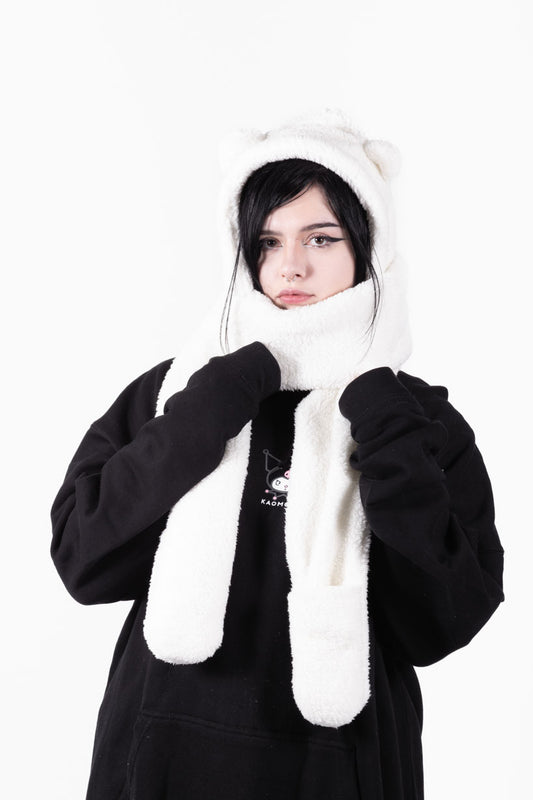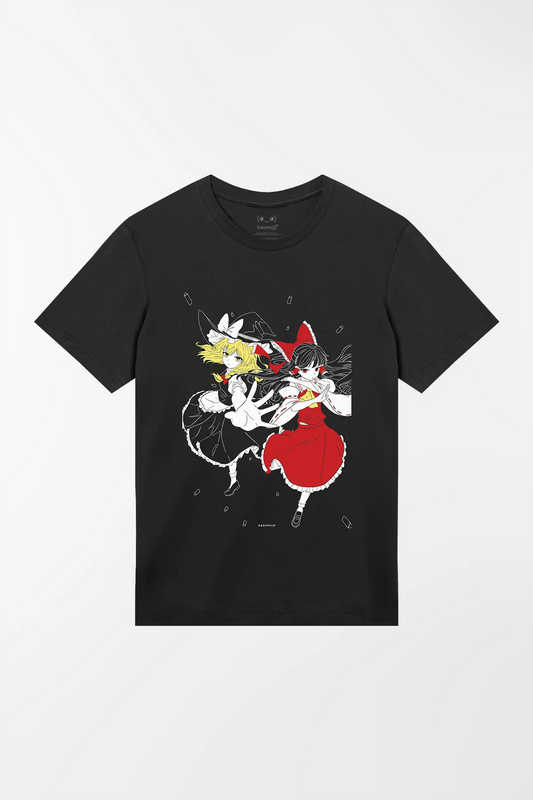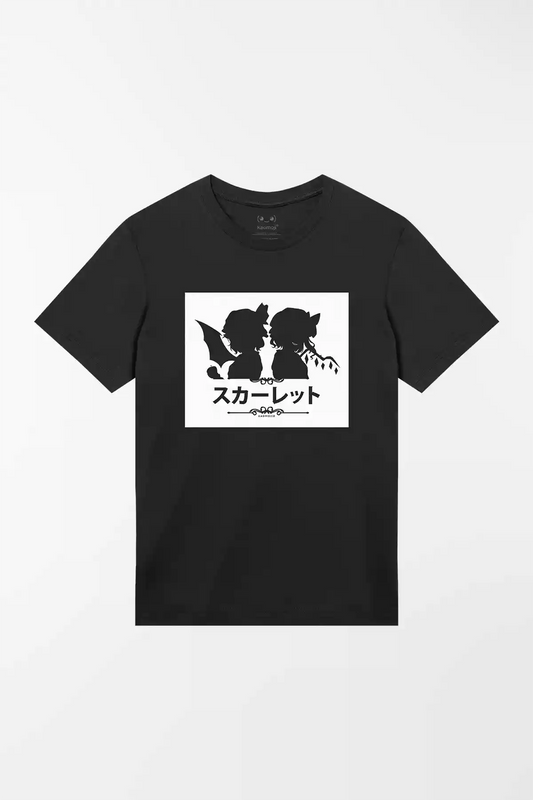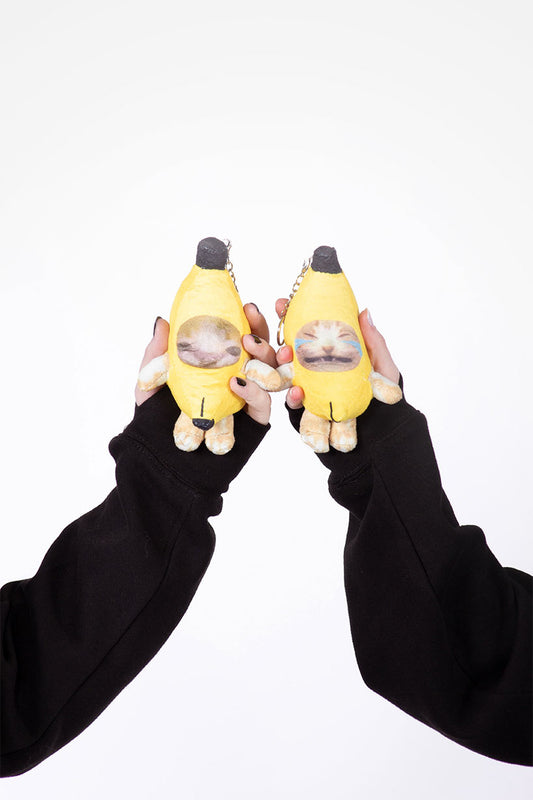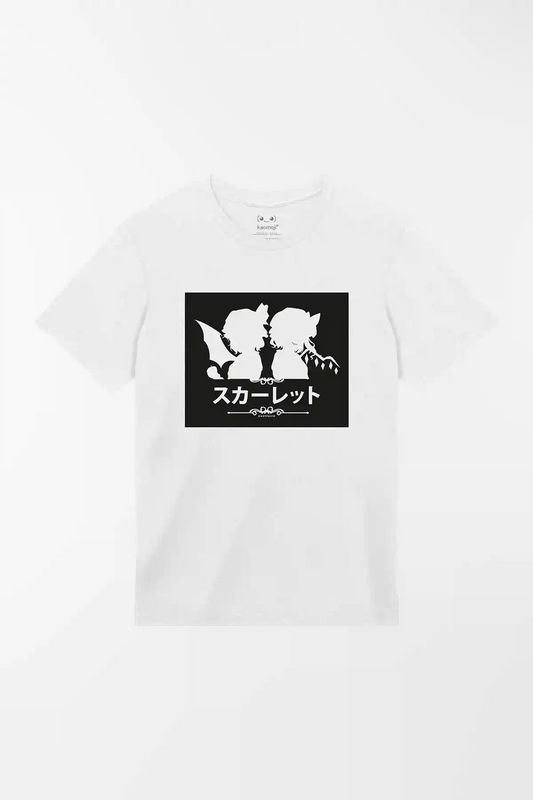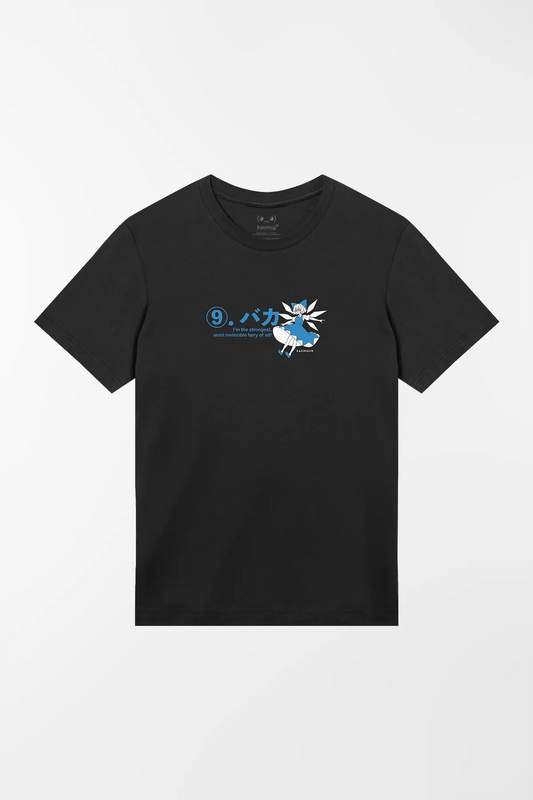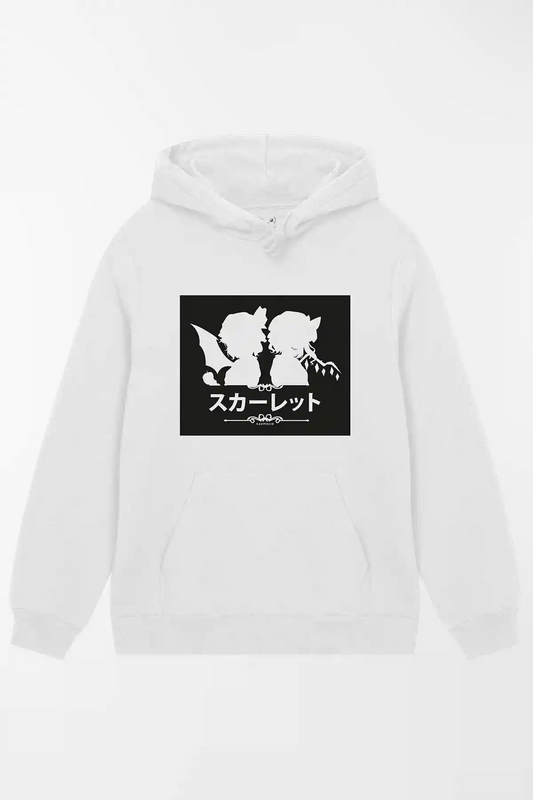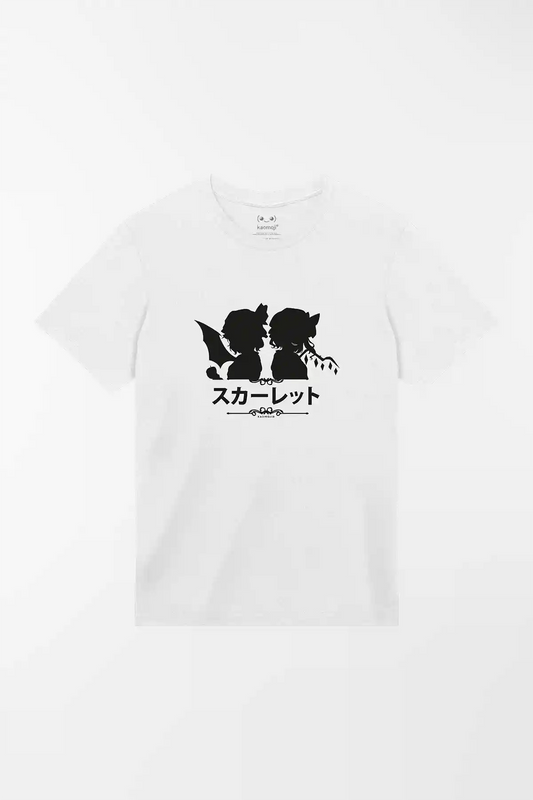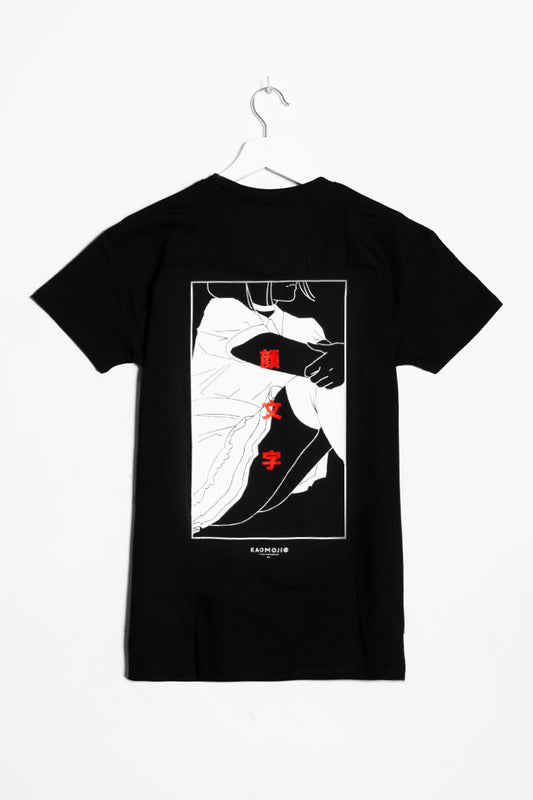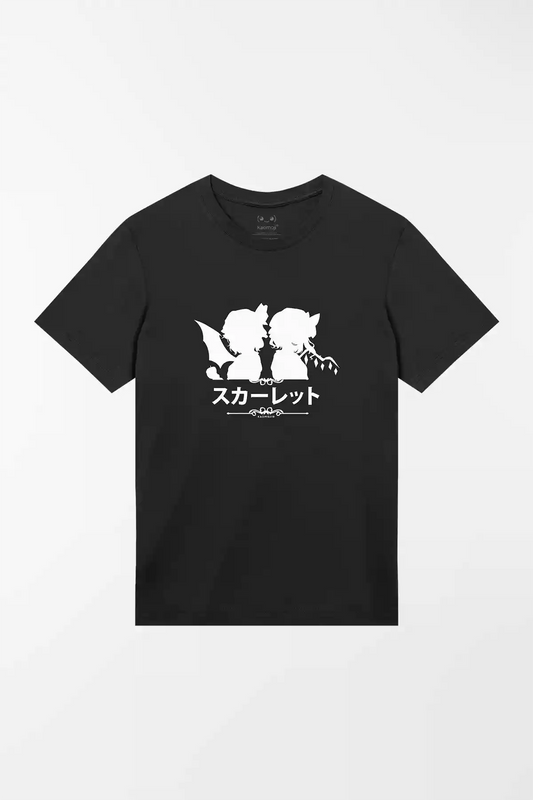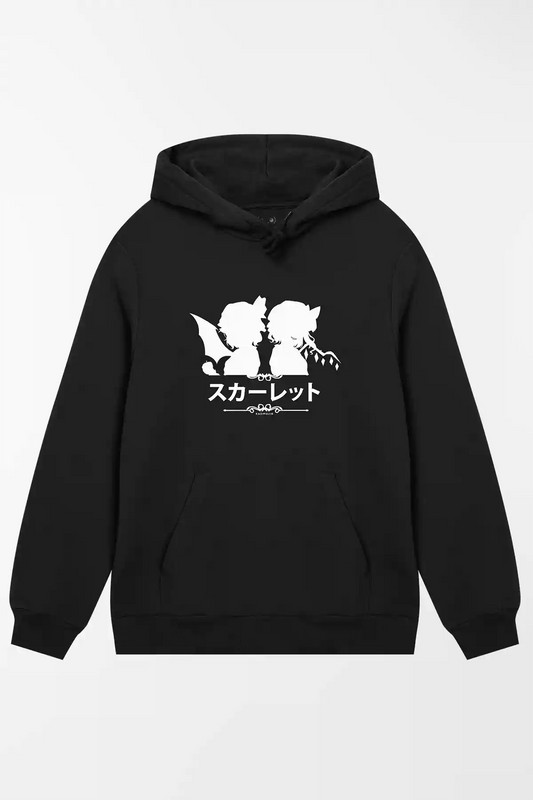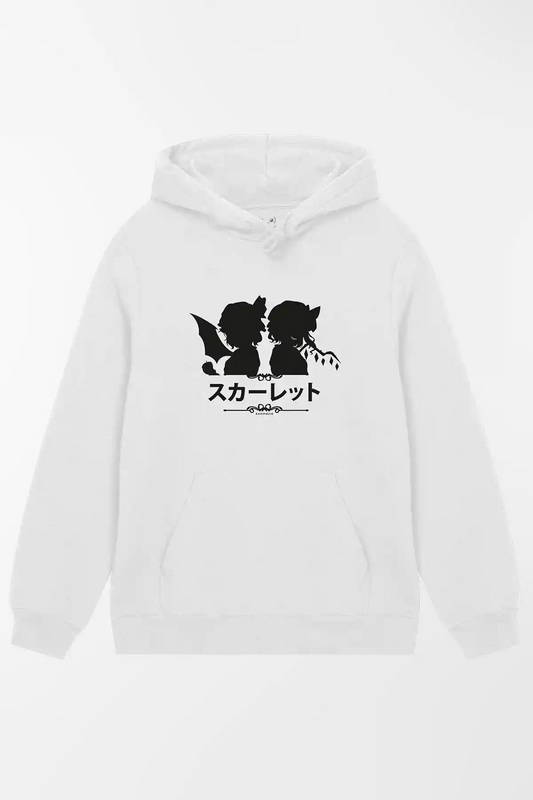Ah it’s summer, the smell of grilled chicken skewers fills the air and your ears are filled with the sounds of taiko drums. You’re at a matsuri! (まつり)
What exactly are Matsuri and what makes them so unique? Let's dive in together. (つ✧ω✧)つ
Origin of the word Matsuri
Matsuri translates to ‘festival’, but the etymology goes way deeper than just that word. Originally, the word Matsuri was used to refer to all religious Shinto ceremonies. In the Japanese language, ‘matsuru’ means to honor or celebrate the gods and deities.
In modern Japan, the word Matsuri means both ‘festival’ and ‘celebration’ in the religious sense. Each town, village and Shrine has their own Matsuri.
Common Matsuri activities
Many Matsuri involve Mikoshi (portable shrines) and decorated floats being carried through the streets, with the participants wearing traditional dress or celebratory clothing such as Happi coats. The theme of these floats differ from shrine to shrine, since each shrine honors a different kami (deities).
Matsuri per season
Matsuri differ by season as well. Matsuri in spring usually celebrate the flowering of the cherry blossoms, where people participate in an activity known as Hanami. Hanami (花御 or はなみ) literally translates to “flower watching”. 🌸
During a Hanami, people gather around cherry blossoms with friends and family to enjoy drinks and food under the beautiful cherry blossom trees.🍡
To honor this tradition, we released our Hanami collection in spring 2022. Check it out here.
Summer Matsuri are often adorned with colorful fireworks and people dressed in Yakuta. Yakuta are less formal and more breathable for the summer months, making them the perfect outfit to enjoy a Matsuri. 🎇 ☆*:.。.o(≧▽≦)o.。.:*☆
Food wise, a true summer staple during Matsuri is Kakigori (かき氷), this tasty shaved ice with syrup will be sure to cool you off during the Japanese summer heat! 🍧
Have you ever attended a Matsuri? let us know in the comments! 〆(・∀・)









